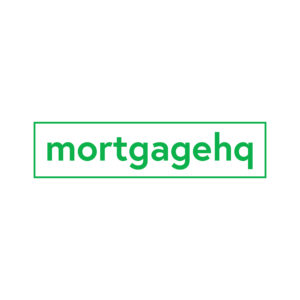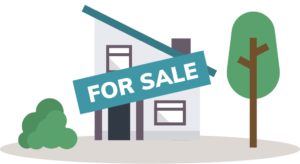To climb the property ladder the first step is always the hardest. Most people buy their own homes first, but you can start with an investment property. This is often referred to as rentvesting (ie you’re renting the home you want to live in and investing in a rental property elsewhere).
The main advantages of Rentvesting are:
- Choice. When you buy a home you generally look for a suburb close to work, family and friends. When you are looking for an investment you could look all over the country. This means you can look at homes that are cheaper allowing you to buy a property with a smaller deposit and income.
- Cashflow. Cashflow can be greatly improved with tenants paying rent and your mortgage for you :).
- Tax. There can be advantages as investment property interest is a tax-deductible expense.
- Travel. If you are looking to get on the property ladder before heading overseas – your property will become a rental.
There are a couple of considerations:
- Deposit requirement. Investment properties generally require a 30% deposit which is higher than homes. For more information read more about deposits.
- Government assistance. The government assistance in New Zealand is focused on ‘first homes’, you won’t qualify if you are buying an investment.
Mindset for Rentvesting successfully
When purchasing an investment property you need to switch gears and think like a professional investor, meaning the numbers are the key.
To make money in property there are two methods: yield (immediate) and capital gain (future). For a less stress investment you want to find a property where the rent covers all costs including; mortgage interest, rates, insurance, maintenance, property management. As a rule of thumb, you should be looking for a yield of 6% or higher (depending on where you buy).
Why use mortgage interest instead of mortgage repayments?
If you bought a property using an interest-only mortgage and your tenant covers all costs you will set yourself up to make money only from capital gains. If your property has leftover cash flow every week this can be used to repay the mortgage debt – this can either be done by saving the profit and paying the mortgage off in lump sums, or by using a principal and interest mortgage (ie a standard mortgage where you pay off the entire mortgage over 30 years).
If you have a mortgage of $500,000 on 3.5% the interest cost per year would be approximately $17,500, but on a principal and interest mortgage, your repayments would be $26,936. The difference between these numbers is not a genuine expense but rather how much you are paying down the debt (aka saving), so in this case, you would be saving $9,436 per year from ‘cashflow’ even if the rent pays the mortgage repayment without any leftover.
The process will be identical to buying any other property
- Build/save/find your deposit
- Talk to a mortgage broker to discover borrowing ability
- Find the right property
- Pay the right price
- Setup mortgage for the next step
Before starting to climb up the property ladder, take a moment to think about rentvesting as an alternative strategy. Talk to an iRefi.co.nz mortgage advisor to run some numbers and see what you could afford to buy as an investment and compare that to your options for a home. Remember there are always multiple options and paths to get ahead, so take your time – think creatively and enjoy the journey.


